South Korea: A Fusion of Tradition, Modernity, and Natural Beauty
South Korea, a country that seamlessly blends ancient traditions with cutting-edge technology, offers a captivating travel experience. From the bustling streets of Seoul and the historic charm of Gyeongju to the serene landscapes of Jeju Island and the vibrant culture of Busan, South Korea presents a diverse range of experiences. Whether you’re exploring ancient palaces, indulging in delicious Korean cuisine, or hiking scenic trails, South Korea is a destination that promises both adventure and cultural enrichment. Here’s your guide to exploring this dynamic country.
Arrival and First Impressions
Seoul, South Korea’s capital, is a common starting point for travelers. With its impressive skyline, rich history, and vibrant neighborhoods, Seoul provides an engaging introduction to Korean culture. Alternatively, you might begin your journey in Busan, known for its beautiful beaches and lively port atmosphere.
Top Attractions and Activities
1. Seoul
Seoul, South Korea’s bustling capital, is known for its blend of traditional and modern attractions:
- Gyeongbokgung Palace: Visit Gyeongbokgung Palace, the largest and most iconic of Seoul’s Five Grand Palaces, and explore its beautiful architecture, gardens, and the National Palace Museum of Korea.
- Bukchon Hanok Village: Wander through Bukchon Hanok Village, a traditional Korean neighborhood with well-preserved hanok (traditional Korean houses), offering a glimpse into Seoul’s past.
- Myeongdong: Explore Myeongdong, a vibrant shopping district known for its trendy boutiques, street food stalls, and cosmetic shops.
2. Busan
Busan, South Korea’s second-largest city, is renowned for its coastal attractions and cultural sites:
- Haeundae Beach: Relax on Haeundae Beach, one of Busan’s most popular beaches, known for its fine sand and vibrant atmosphere.
- Gamcheon Culture Village: Visit Gamcheon Culture Village, an artsy neighborhood with colorful houses, murals, and quirky art installations.
- Jagalchi Fish Market: Explore Jagalchi Fish Market, Busan’s largest seafood market, and sample fresh seafood dishes and local specialties.
3. Gyeongju
Gyeongju, often referred to as “the museum without walls,” is known for its rich historical and cultural heritage:
- Bulguksa Temple: Visit Bulguksa Temple, a UNESCO World Heritage site known for its exquisite architecture and cultural significance as one of Korea’s oldest temples.
- Seokguram Grotto: Explore Seokguram Grotto, an impressive cave temple housing a majestic Buddha statue and offering panoramic views of the surrounding mountains.
- Tumuli Park: Stroll through Tumuli Park, where you can see ancient royal tombs from the Silla Dynasty and learn about Gyeongju’s historical significance.
4. Jeju Island
Jeju Island, a volcanic island located off the southern coast of South Korea, is known for its natural beauty and unique landscapes:
- Hallasan Mountain: Hike Hallasan Mountain, South Korea’s highest peak, and enjoy breathtaking views from its summit. The mountain is also home to diverse flora and fauna.
- Seongsan Ilchulbong (Sunrise Peak): Visit Seongsan Ilchulbong, a volcanic tuff cone offering spectacular sunrise views and a chance to explore its unique geological formations.
- Jeju Folk Village Museum: Discover the Jeju Folk Village Museum, showcasing traditional Jeju culture and lifestyle through reconstructed village houses and artifacts.
5. Incheon
Incheon, a major port city near Seoul, offers a mix of modern attractions and cultural experiences:
- Incheon Chinatown: Explore Incheon Chinatown, the largest Chinatown in South Korea, and enjoy Chinese cuisine and cultural sites.
- Songdo Central Park: Relax at Songdo Central Park, a modern urban park featuring picturesque waterways, walking paths, and green spaces.
- Incheon Bridge: Admire the Incheon Bridge, a stunning architectural feat connecting the mainland to Incheon International Airport and offering impressive views.
Natural Wonders
1. Nami Island
Nami Island, located near Seoul, is known for its scenic beauty and cultural attractions:
- Tree-Lined Avenues: Stroll along Nami Island’s tree-lined avenues, particularly the iconic Metasequoia Lane, which is stunning in all seasons.
- Cultural Activities: Enjoy cultural activities and performances on the island, as well as bike rentals to explore its picturesque landscapes.
2. Seoraksan National Park
Seoraksan National Park, located in the northeastern part of South Korea, offers stunning natural scenery and hiking opportunities:
- Hiking Trails: Explore the park’s various hiking trails, ranging from easy walks to challenging climbs, and experience diverse landscapes, including rugged mountains, waterfalls, and lush forests.
- Biryong Falls: Visit Biryong Falls, a beautiful waterfall within the park, and enjoy the serene atmosphere and natural beauty.
Cultural Experiences
1. Korean Festivals
South Korea hosts a variety of festivals reflecting its rich cultural heritage:
- Chuseok: Celebrate Chuseok, Korea’s harvest festival, with traditional foods, cultural performances, and family gatherings.
- Seollal: Experience Seollal, the Korean Lunar New Year, with traditional ceremonies, games, and festive foods such as tteokguk (rice cake soup).
2. Korean Cuisine
Korean cuisine is known for its bold flavors, diverse dishes, and unique dining experiences:
- Bibimbap: Try bibimbap, a mixed rice dish topped with vegetables, meat, and a spicy gochujang (red chili paste) sauce.
- Kimchi: Sample kimchi, a fermented vegetable dish that is a staple in Korean cuisine and available in various types.
- Korean BBQ: Enjoy Korean BBQ, where you grill your own meat at the table and accompany it with an array of side dishes and dipping sauces.
Practical Tips for Visitors
- Best Time to Visit: The best time to visit South Korea is during the spring (April to June) and autumn (September to November) when the weather is mild and pleasant. Winter can be cold, while summer can be hot and humid with occasional rain.
- Currency: The local currency is the South Korean Won (KRW). Credit cards are widely accepted in major cities and tourist areas, but cash is useful for smaller establishments and markets.
- Language: Korean is the official language. English is commonly spoken in tourist areas and hotels, but learning a few basic phrases in Korean can enhance your travel experience.
- Health and Safety: South Korea is known for its high standard of healthcare and safety. No special vaccinations are required, but it’s always good to be up-to-date on routine vaccines. Tap water is safe to drink, and public transportation is clean and efficient.
- Visa Requirements: Many nationalities can enter South Korea visa-free for a period of up to 90 days. Check visa requirements based on your nationality before traveling.
Reflection and Farewell
As my journey through South Korea came to an end, I was left with a deep appreciation for its unique blend of tradition and modernity, its stunning landscapes, and its warm hospitality. From the vibrant energy of Seoul and the historical richness of Gyeongju to the natural beauty of Jeju Island and the cultural charm of Busan, South Korea offers a travel experience that is both diverse and deeply enriching.
South Korea’s fusion of history, culture, and natural beauty makes it a destination that continually inspires and captivates. For those seeking an adventure filled with exploration, cultural immersion, and relaxation, South Korea promises an unforgettable experience.
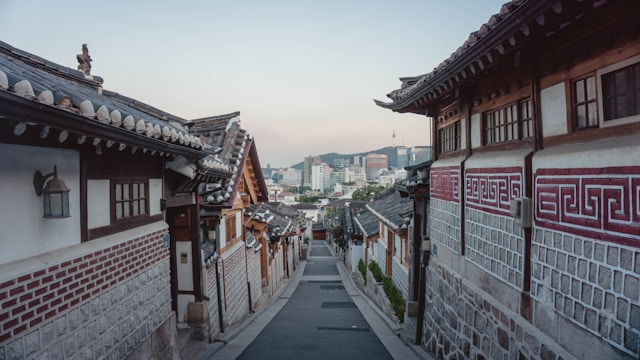

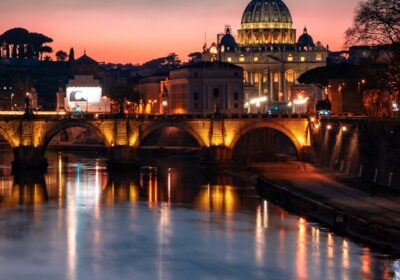
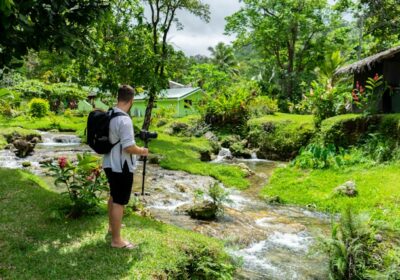
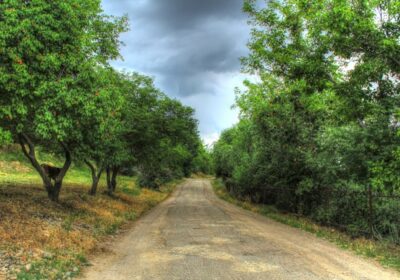
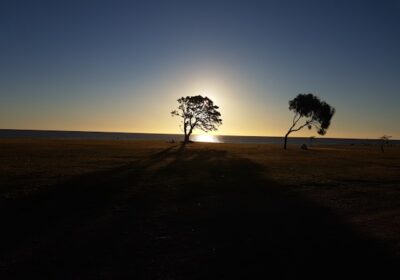
Leave feedback about this